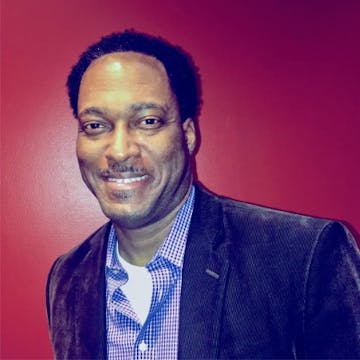Skip to content
Share
Explore

 Theme 2: Natural and Constructed Environments
Theme 2: Natural and Constructed Environments
This guide outlines resources for Theme Two of the Honors College Program Guide
By Dr. Mitch Stimers
Honors Program Council, Phi Theta Kappa Honor Society
A natural environment, constructed without human assistance, has always surrounded us. Only in recent history have we significantly modified this global space through technological advancements, altering one environment to create the other. Now, whether in symphony or cacophony, both natural and modified environments are entangled with the whole of life. Fluctuations in systems are not the exception but the rule. The second law of thermodynamics, for example, describes how the propensity of a physical system to break down is inevitable. Change, then, is inevitable. This law, when read as a general narrative on change rather than as a specific description of the proclivities of heat and energy, informs us that no system is immune to perturbations. Yet, it is future generations who will realize the legacy of today’s exchanges with natural and constructed environments, just as we have inherited the consequences of past decisions and actions.
Conversion of natural landscapes into dense and impermeable urban complexes, and the ever-expanding need to convert forests and grasslands to productive agricultural fields, continues to amend life and its agencies
and operations across the lithosphere, hydrosphere, and atmosphere. The loss of arable land to erosion and pollution poses a looming threat to the ability to produce food. Simultaneously, food waste, caused by
consumption and distribution issues, is also a concern. There is, as well, increased magnitude, frequency, anintensity of some slow- and rapid-onset natural disaster types. Destructive interaction between the natural and human-constructed harbors the potential to affect millions more people annually than people and animals historically have experienced. Climate and environmental change is altering the world, our perceptions of it, our place in it, and perhaps geologic time itself – Welcome to the Anthropocene.
Artificial intelligence (AI) is radically and rapidly altering how even one generation ahead of us will interact with machines and global digital networks. In 2017, Google’s AlphaZero AI was trained in chess for nine hours, having been programmed with only the rules of the game. All strategy was learned by the AI. AlphaZero went on to outperform the Stockfish 8 chess program, the best non-AIchess engine in the world at the time. In a span of time roughly matching a standard workday, a machine learned and mastered one of our most complex games.
According to historian and futurist Yuval Harari, the potential death of liberalism; a range of philosophical visions about liberty, consent of the governed, and social justice that Harari sees as the last “human story,” might leave our political and social systems in a state of disarray. If that happens, we will require an entirely new story to help us understand our world. Recent movements of nationalism by some of the largest and most economically important countries are challenging the ways in which citizens, both internally and externally, will interact with
others, as well as the natural environment, for decades. Our alterations of natural environments and the expansion
of built environments stemming from actions just two or three generations past are now coming into view.
Systems we have built to support life, society, and economies are shifting daily. Eminent scientist James Lovelock’s Gaia hypothesis portends that we are part of one global organism, and understanding both natural and constructed environments, and our relationship to them, is vital should we wish to continue this story to the seventh generation.
Reading Resources
Benyus investigated what she considered nature’s best ideas, such as spider silk and prairie grass, to determine how humans can be inspired to adapt and innovate in ways that support their survival.
Diamond, J. (2011). . New York, NY: Penguin Group.
Diamond explored the downfall of some of the world’s great civilizations, the characteristics of their natural and constructed environments, and the choices they made that led to their downfalls and legacies for future
generations.
Goodell, J. (2017). . New York, NY: Little Brown.
Goodell combined anecdotes with expert analysis from around the globe to consider the effects of environmental change on natural and constructed environments today and for future generations.
Lovelock explored the idea that climate change may not be caused by greedy and destructive humans but, instead, it is the result of the constructive chaos of changing constructed environments.
Quinn constructed a fictional world in which the gorilla Ishmael teaches the narrator of the novel about humans’ place in the world.
Ripple, W. J., Wolf, C., Newsome, T. M., Galetti, M., Alamgir, M., Crist, E., Mahmoud, M. I., & Laurance,
W. F. (2017). World scientists’ warning to humanity: A second notice. BioScience, 67(12), 1026–1028.
The authors updated the warning to humanity written more than 25 years ago by the Union of Concerned Scientists and signed onto by more than 1,700 independent scientists, including many Nobel Laureates. They argued we have a responsibility to serve as stewards of the Earth for future generations.
Want to print your doc?
This is not the way.
This is not the way.

Try clicking the ⋯ next to your doc name or using a keyboard shortcut (
CtrlP
) instead.